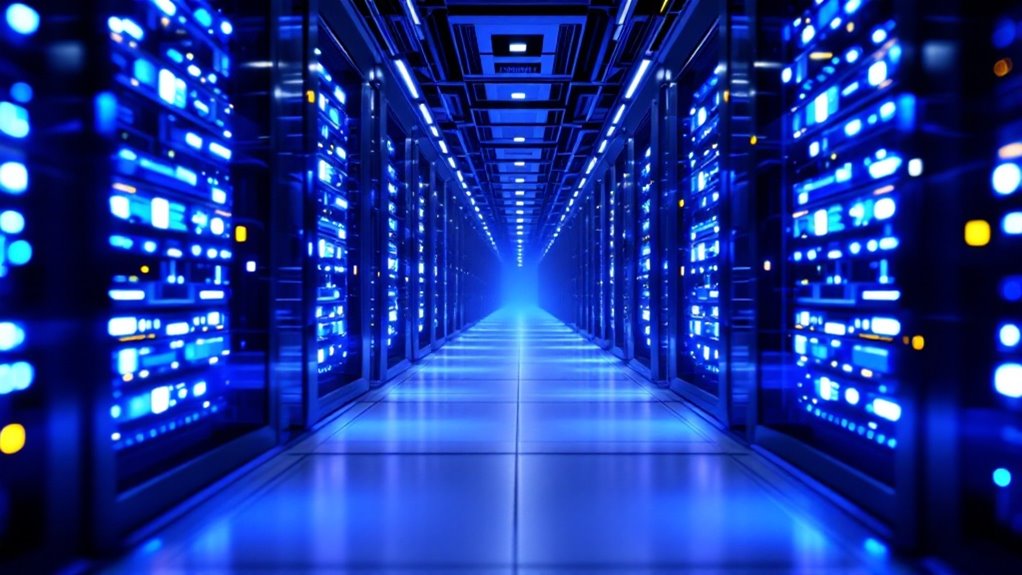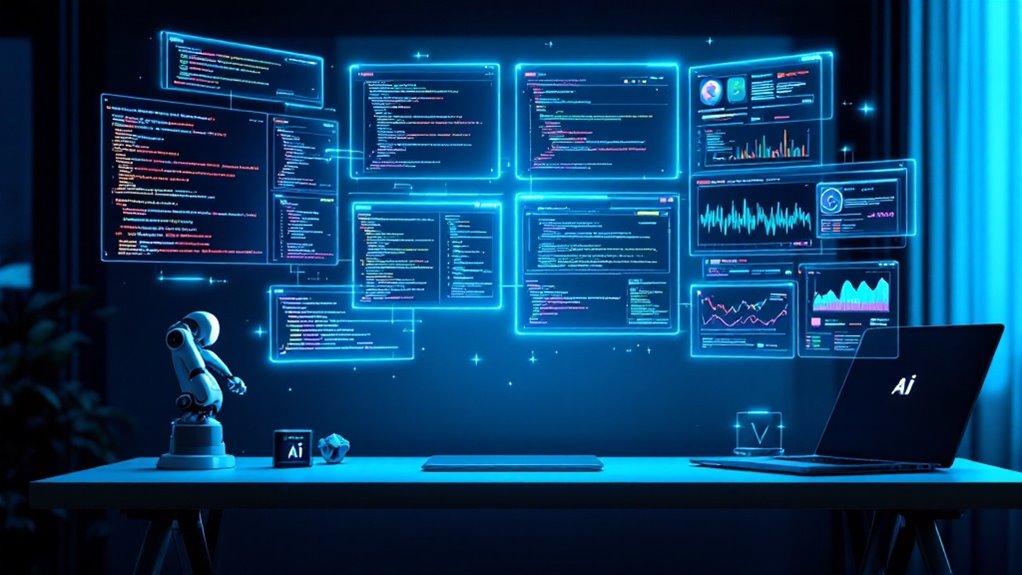Nvidia calls the shots in AI hardware, with chips everyone else wishes they had. Microsoft and OpenAI sprinkle AI magic on Office and Bing, while Google’s DeepMind dreams up sci-fi algorithms on the side. Startups like Databricks and Grammarly hustle for the future, and hardware hopefuls AMD and Super Micro keep the server racks humming. The AI arms race is fast, crowded, and expensive—think Formula 1, but with less champagne. Stick around to meet the rest of the pack.
Even if you’ve been hiding under a particularly analog rock, it’s impossible to miss that artificial intelligence is running the show these days—sometimes with all the subtlety of a Marvel movie cameo. The current AI landscape is a who’s-who of tech giants, chip wizards, and scrappy startups, all jostling for the top spot in a race that feels more Formula 1 than chess match.
Let’s start with the hardware titans. Nvidia is basically the Tony Stark of AI, powering data centers everywhere with its famously fast GPUs and reporting a Q1 2025 revenue outlook north of $1.9 billion—63% gross margin, no less. Not to be outdone, AMD pushes high-performance chips with 3D V-Cache tech, boosting AI processing speeds by up to 66%. Jensen Huang has transformed NVIDIA into a cornerstone of AI hardware innovation, providing the computational backbone for today’s most advanced AI systems.
Oh, and they saw a nifty 24% revenue jump, hitting $7.7 billion in Q4 2024. Meanwhile, Broadcom and Super Micro Computer handle networking and AI-optimized servers—think backstage crew making sure the show goes on. Super Micro Computer is expected to see net sales increase by 54% in Q2 FY25, reflecting the rapid growth in demand for AI infrastructure.
On the software and cloud side, Microsoft is everywhere, weaving AI into Office, Azure, and even your Teams meetings (for better or worse), thanks in no small part to its OpenAI partnership. Google’s DeepMind continues its mad-scientist routine, pushing boundaries in reinforcement learning and language models. The AI software sector is expanding rapidly, with startups like DeepL and Synthesia reporting exponential user growth and attracting hundreds of millions in funding.
Snowflake and Palantir make sure your data is less “needle in a haystack” and more “organized chaos.”
But don’t sleep on the startups. Databricks is worth $43 billion after a massive funding round, offering unified analytics for the AI age. Moveworks rethinks the employee experience with conversational AI, while Glean and Anysphere keep enterprise search and scalable infrastructure sharp.
Want your grammar fixed, your data labeled, or your photos snapped? Grammarly, Labelbox, and Snappr have you covered.
The real kicker? All this innovation is built on a foundation of relentless research, with OpenAI, Microsoft Research, and academic labs making sure the AI arms race doesn’t slow down.
Buckle up—the future’s got more plot twists than a Christopher Nolan movie.









